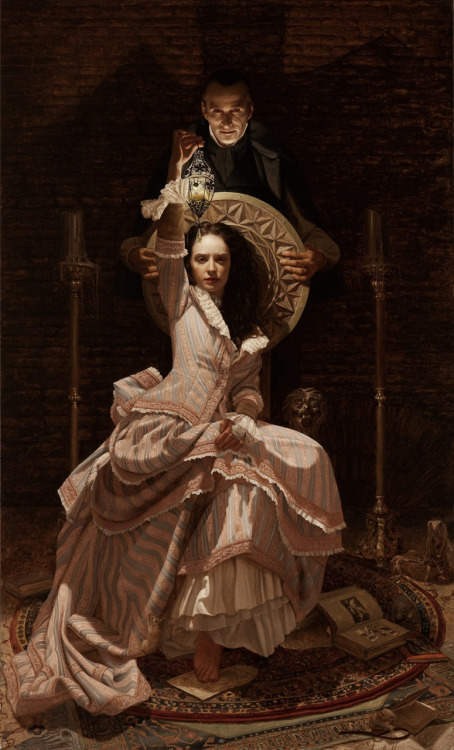I found it just as pointless - there was so much footage, and every once in a while it would loosely be tied together through transitions between shots of animals fighting and people doing the same, or through chaotic music with chaotic scenes, such as the furious typing in Akt II. But overall, the music was only background noise, and I didn't hear it really accentuate the film itself in more than a couple brief instances.
Obvious metaphors were seemingly randomly placed (i.e. the 'roller coaster as life' metaphor), and symbols Kracauer has previously established as symbolizing chaos (revolving doors, spinning images, the man turning the crank, whirling machinery) were present, too.
Some curiosities that were raised for me while watching:
--What was the point of the plastic bag drifting down an empty street? To symbolize lonliness? Because that's what I got out of it. Not that this was a great city in a state of slumber.
It actually reminded me of a scene from a film called American Beauty, which you can check out here.
--What was the point of the plastic bag drifting down an empty street? To symbolize lonliness? Because that's what I got out of it. Not that this was a great city in a state of slumber.
It actually reminded me of a scene from a film called American Beauty, which you can check out here.

Because it's been so long since I've seen the movie, I Wikapedia'd the intended symbology behind this scene:
The film presents Ricky as its "visionary ... its spiritual and
mystical center". He sees beauty in the minutiae of everyday life, videoing as
much as he can for fear of missing it. He shows Jane what he considers the most
beautiful thing he has filmed: a plastic bag, tossing in the wind in front of a
wall. He says capturing the moment was when he realized that there was "an
entire life behind things"; he feels that "sometimes there's so much beauty in
the world I feel like I can't take it ... and my heart is going to cave
in." Anker argues that Ricky, in looking past the "cultural dross", has
"[grasped] the radiant splendor of the created world" to see God.
--What as the point of the newspaper headline "Geld" come out at the audience again and again? It followed the juxtaposition of the hungry mom with her two kids and the "oppulent platters," as Kracauer put it, so possibly this alludes to the economic and class disparity?
--I don't know if any of you continued watching, but at the very end, after the giant "Ende!" shot came and went, a colored animation of geometric shapes set to music began to play, similar to the ones we watched in class. But the music for this was so poor, it sounded like the record was skipping. What was the purpose of putting this at the end? Is it just somehting for background noise while the audience leaves the theater?




